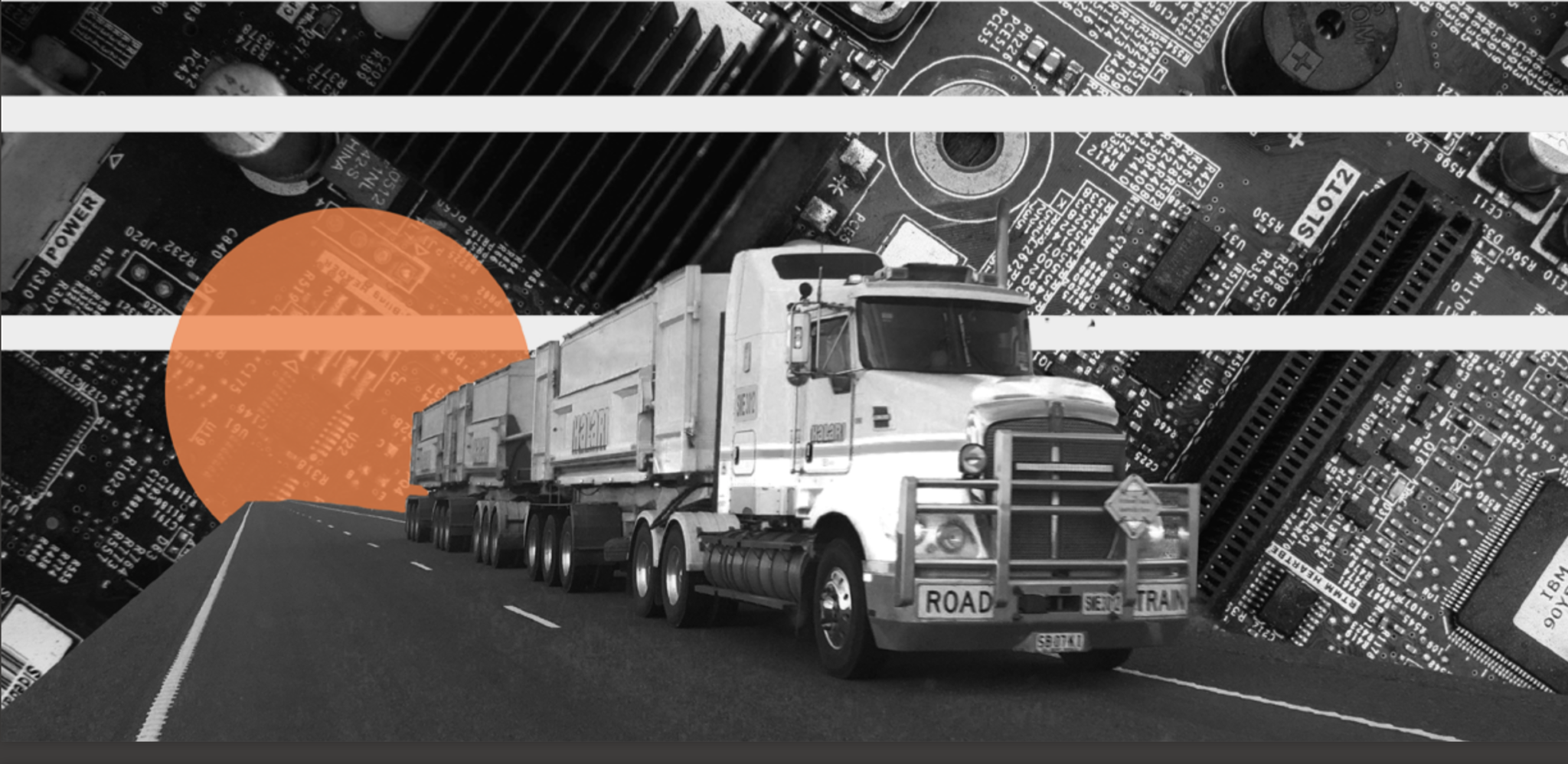I published the following piece on Forbes just a week ago.
As technology becomes an increasing force in the workplace and a new generation brings its talents to the table, organizations must evolve or risk stagnation. And not tomorrow – today. Why the urgency? People precede profits. The high cost of a disengaged workforce and turnover kills organizational potential.
Rather than laser-focusing on the bottom line, leaders should prioritize their people first. When superiors act as advocates for their employees, we call it having an “employee-centric mindset.” When you take care of your employees, they take great care of your customers. In turn, your customers take care of your bottom line. Employers with an employee-centric mindset know investing in employees yields returns. According to Gallup, highly engaged workforces deliver 147% higher earnings per share.
So how do you begin the shift toward an employee-centric mentality? As you would for any “customer avatar” exercise to identify customer needs, you need to know what your employees really want. What does their ideal work environment look like? Where are their current pain points in terms of how things are run?
Understanding those pain points gives leaders a starting point, and technology can often help to streamline solutions, identify gaps and bolster efficiencies. A recent Deloitte report revealed that “organizations are benefiting from the increased digitization of the workplace through increased productivity, cost savings, a more mobile and agile workforce, and generally increased flexibility and adaptability in an ever increasingly complex marketplace.”
Here are three ways to show your employees they are at the heart of your organization’s culture, and how to utilize great tech in the process.
Show your employees trust by giving them more control.
Just as any relationship takes initiative, leaders must proactively ask how to improve their employees’ experience. This could be evaluated through a simple survey or at a company town hall. If you take the time to ask questions, you can glean big results.
After evaluating what matters to them, give your people meaningful options. Employees want to feel like they’re in the driver’s seat. Give them a sense of control by offering options for how and whenthey work. Perhaps they want to bring their own device (or BYOD). Perhaps they want more choices for working remotely or more flexibility in hours. Perhaps set aside one day of the week to be a “work from home” day.
There are also creative ways to give employees options that enhance productivity through technology. A McKinsey interview suggests that for mobile knowledge workers, or those who “think for a living,” like software engineers, architects and academics, smart technology increases productivity 10-20%.
Here’s a quick case study from the same piece: When a U.S. construction equipment company shifted its salespeople from a paper-based process to collecting data via iPad, they saved an entire day every week by plugging in data on the spot, rather than keypunching later. This is an excellent example of how great employee applications are being utilized every day to make work life better for employees, while also increasing productivity.
Give your people a worthy cause.
We can’t have a discussion about the modern workforce without mentioning millennials. By 2020, nearly half of all U.S. workers will be millennials — and they ask for more from their employers. Microsoft partnered with SurveyMonkey to poll more than 1,000 U.S. millennials to find what helps them “thrive in the workplace.” Results showed 93% of millennials cited modern and up-to-date technology as one of the most important aspects.
What else matters to them? This generation of digital natives asks for greater purpose in their day-to-day efforts. They need to know that they’re part of something that matters. To hire and retain talent, modern leaders must provide more than benefits and bonuses – or even free bagels and bean bag chairs. They need a worthy cause.
Clearly and passionately communicate your organization’s mission with your people. If the way it’s written now doesn’t strike a chord in your workers, perhaps it’s time to reevaluate and rebrand internally. Your people need to personally care – and it’s up to you, as their leader, to show them a cause worth waking up for every day.
Create a culture of communication and learning.
Companies invested in their employees have found positive outcomes, as it is reported that happieremployees are 12% more productive. It’s about establishing a standard of care and open communication — a culture of relationships. Today’s workforce expects to be valued and given opportunities to develop professionally.
In addition to transparency from the top down, a culture of learning helps employees feel valued – while making them more valuable. PwC recently found that four out of five tech CEOs are concerned about the availability of key skills. Providing training opportunities for employees not only boosts the organization but also assures employees you’re invested in their success.
This is where the right technology can become really effective. Accenture’s 2015 report, in collaboration with Canadian Council of Chief Executives, found using blended in-person and tech-based training increased ROI of employee training. Giving employees consistent, relevant training gives them a stake in your company’s future, and using technology to deliver training makes it so your resources can be constantly updated in real time as learning needs evolve.
Today’s workforce is volatile, and companies are now expected to provide more opportunities, inside and outside the office, to motivate and engage employees. An environment of collaboration and learning with modern tools helps employees know you’re investing in their success. In turn, this helps them feel like they have a stake in your company’s future.



